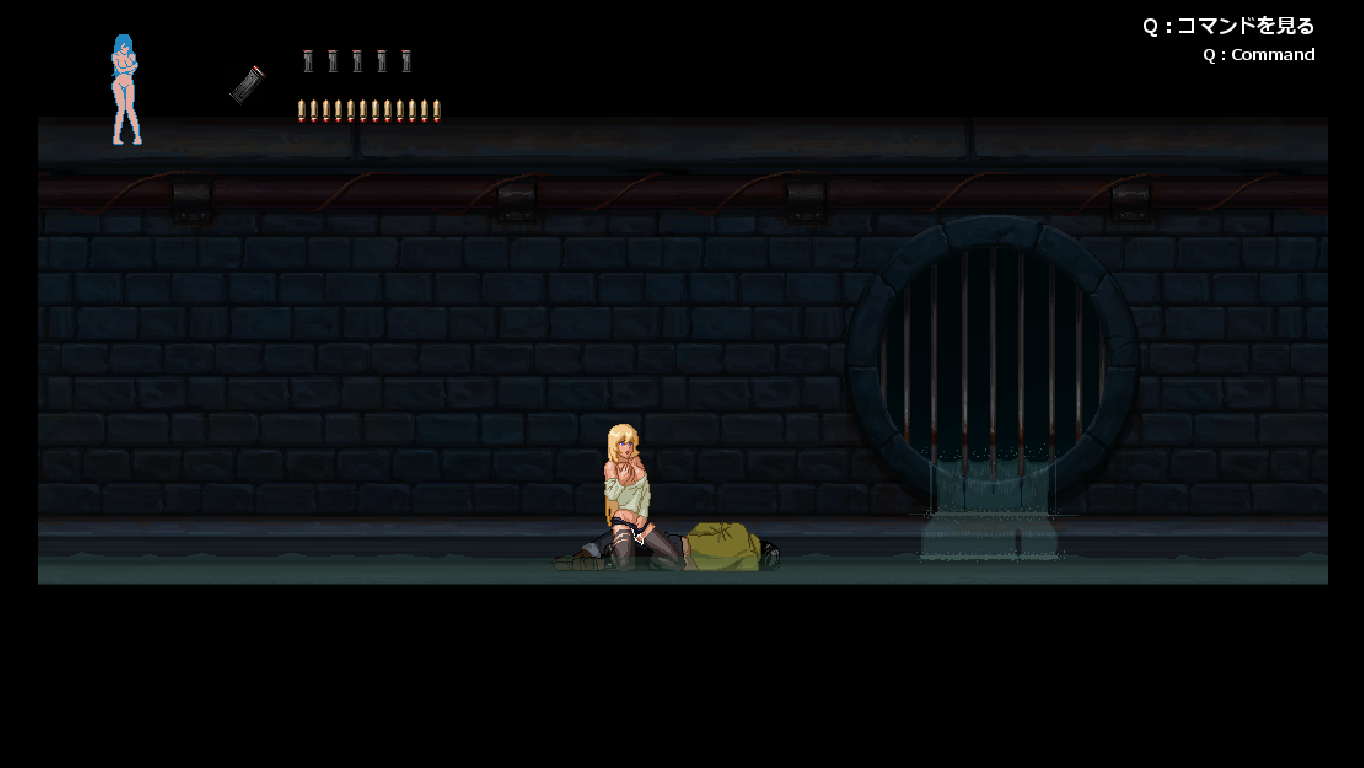
The males of many species of New World sand flies produce volatile chemicals shown in Lutzomyia longipalpis s.l. Examination of the interior cuticle by SEM may help to locate the secretory apparatus of vector species where pheromonal activity has been inferred from behavioural studies but the external secretory structures or pheromones have not yet been found. Differences in the size and shape of the manifold may be related to the chemical structure of the pheromone and may have taxonomic value. The secretory reservoir was connected by a short duct to the manifold. and was positioned in a pit-like structure within the tergal cuticle. migonei was very different to those found in Lu. Overall, the secretory apparatus of the Sobral member was smaller than the other two. The manifold of the Campo Grande member of the complex is longer and wider than the Jacobina member whereas the manifold of the Sobral member was shorter than both other members of the complex. We found a new structure which we have called the manifold which appears to be a substantial extension of the interior tergal cuticle connected in-line with the cuticular duct and reservoir. In this study we used SEM to examine the interior cuticular pheromone collection and transport structures of 3 members of the Lu. The shape and distribution of the specialised structures are highly diverse and differ according to species.

The pheromone then passes through specialised cuticular structures on the abdominal surface prior to evaporation.

Pheromone is produced by secretory cells which surround a cuticular reservoir which collects the pheromone and passes it through a cuticular duct to the surface of the insect. The males of many species of New World Phlebotomines produce volatile terpenoid chemicals, shown in Lutzomyia longipalpis s.l.


 0 kommentar(er)
0 kommentar(er)
